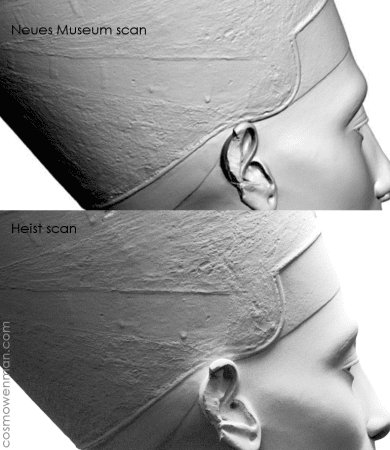WHEN DID THE ACADEMY TIP? In my Bloomberg View column on Passing on the Right, I note that the authors’ data suggest that younger right-of-center professors feel much more pressure to hide their views before tenure than older scholars experienced in their day. In a recent conversation with Tyler Cowen, social psychologist Jon Haidt, who studies the “moral foundations” of political cultures, discusses the shift:
The sacred value of universities from sometime in the 19th century through maybe the 1980s was truth. Now it was not perfect, but we all talked that way. Look at the mottos of Harvard and Yale — Veritas, Lux et Veritas, it’s right there on the motto, veritas, truth.
We made a big show — it was largely true — of saying this is what we’re here for, we’re here to find truth. But in the 1970s and ’80s as we had a big influx of baby boomers who were involved in social protest, who were fighting for very good causes, civil rights, women’s rights — they flood into the academy in ’70s and ’80s, they get tenure in the ’80s and ’90s, but also in the 1990s, the Greatest Generation begins to retire. There were a lot of Republicans who became professors after World War II.
But the ’90s is the decade where everything flips. At the start of the 1990s, the overall left‑right ratio of the academy, taking all departments, was two to one, just twice as many people on the left as right. That’s fine, that’s not a problem. But by 2005, it had gone to five to one, five people on the left for every one on the right. Those people on the right are mostly engineering, nursing, things like that. If you look at the core — the humanities and the social sciences, other than economics, it’s closer to 10 to 1 or 20 to 1.
In other words, right‑wing, or libertarian, or social conservative voices have basically vanished between 1995 and 2005. This has made us unfunctional, but it’s in the social sciences and humanities where the sacred value has become social justice and the protection of victims. That’s the division. One university of the sciences still pursues truth, the other university in the social sciences and humanities pursues social justice.
In Passing on the Right, authors Jon Shields and Joshua Dunn make the point that even a small number of conservative professors in an otherwise liberal department—say, 5 percent, rather than zero—can make a big difference. The problem, in other words, isn’t that universities lean left. It’s that too many departments have no place at all for political diversity (or even political neutrality), or they define diversity as running from Bernie Sanders to Hugo Chavez.




